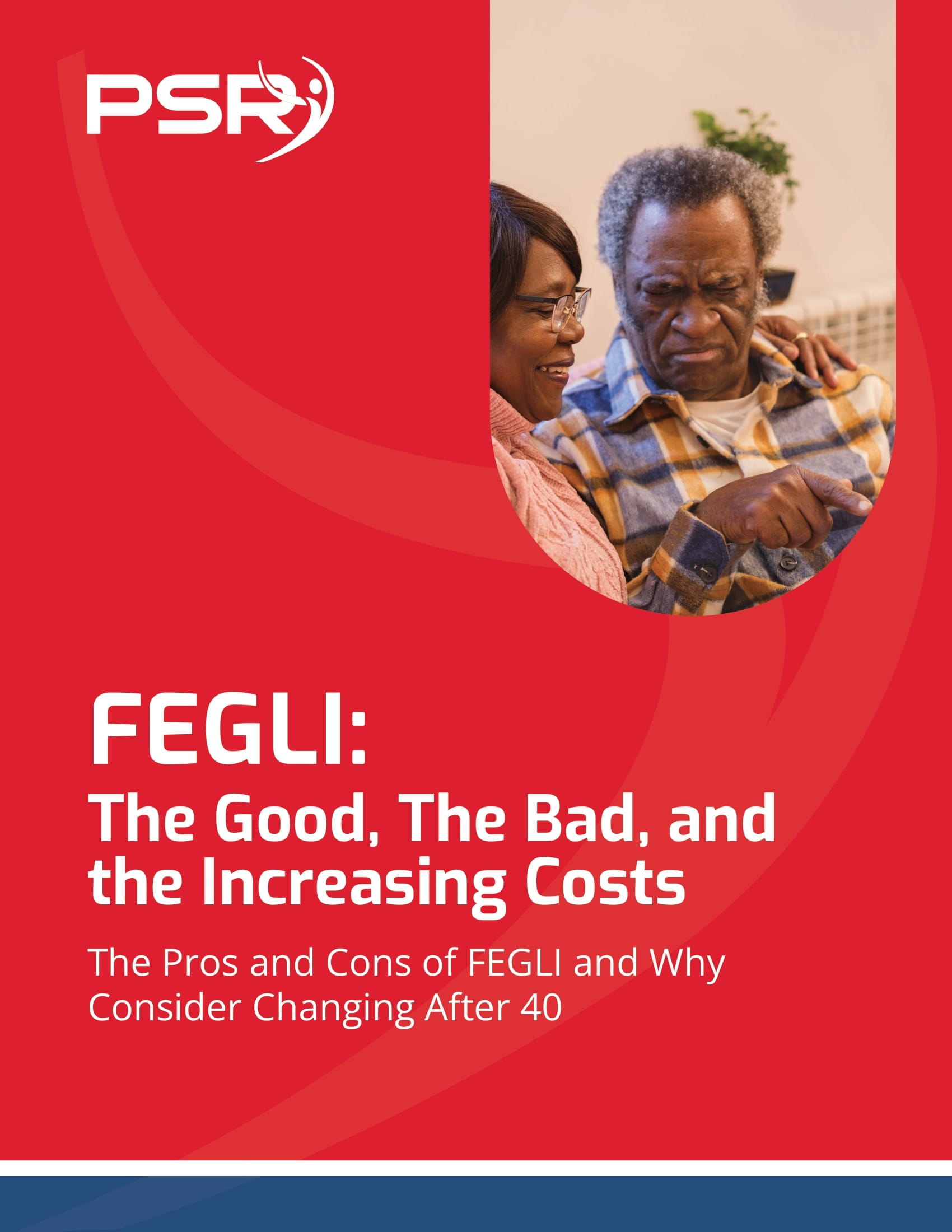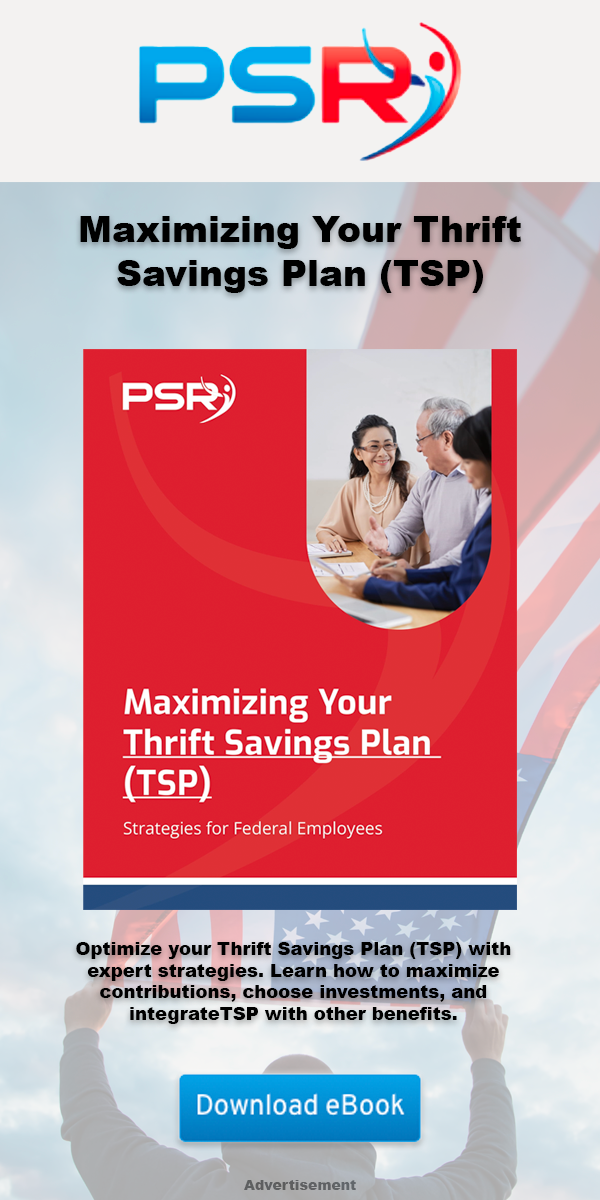Key Takeaways:
- Divorce can significantly affect your federal benefits, including your pension, health insurance, and retirement savings. Understanding the rules can help protect your financial future.
- Knowing how court orders and federal regulations interact can simplify the division of assets and reduce stress during this challenging time.
Breaking Down Federal Benefits in Divorce
Divorce is never an easy process, but for federal employees and retirees, it comes with unique challenges. From pensions and health insurance to Thrift Savings Plan (TSP) accounts, these assets often require special attention during asset division. Let’s dive into what you need to know about protecting your federal benefits while navigating divorce.
Understanding Court Orders and Federal Benefits
The Role of a Court Order
- Also Read: FAA, Law Enforcement, and Special Federal Employee Categories—Here’s What Makes Their Retirement Unique
- Also Read: Blending Private and Public Sector Retirement Plans Is Complicated—Here’s Where Couples Get It Wrong
- Also Read: The Silent Shift in Postal Service Retirement Benefits That Could Change Everything by 2026
These orders ensure that the Office of Personnel Management (OPM) or the TSP processes the division correctly. It’s important to work with a legal professional who understands federal employment benefits to draft the order.
Timing Matters
Keep in mind that federal benefits can only be divided after the divorce is finalized and the appropriate orders are issued. Acting quickly is important to ensure no delays in payments to your former spouse—or disruptions to your benefits.
Dividing Federal Pensions
Civil Service Retirement System (CSRS) vs. Federal Employees Retirement System (FERS)
Federal pensions fall under two main systems: CSRS and FERS. If you’re under the CSRS system, your pension tends to be more generous but isn’t paired with Social Security benefits. FERS retirees, however, have smaller pensions but may also receive Social Security and TSP contributions.
The division of your pension depends on the court order. Often, the pension is split as a percentage of the annuity, either as of the divorce date or when payments begin.
Survivor Benefits and Your Ex-Spouse
Survivor benefits allow your ex-spouse to receive payments if you pass away. If the divorce decree awards survivor benefits to your former spouse, you’ll need to notify OPM and make any required adjustments to your annuity payments.
Thrift Savings Plan: Managing Your Retirement Savings
TSP and Divorce
Your TSP is one of the most valuable assets you’ll divide during divorce. With a court-approved QDRO, your ex-spouse can receive a portion of your TSP balance.
You can opt to divide the account as a flat dollar amount or a percentage of the total. Unlike federal pensions, the TSP division is immediate, meaning your ex-spouse can withdraw their portion or roll it over into another retirement account.
Tax Considerations
When dividing TSP funds, taxes come into play. If your ex-spouse withdraws their share, they may face federal income tax penalties. However, rollovers into another retirement account can defer these taxes. Consulting a tax professional can help both parties minimize penalties.
Health Insurance After Divorce
Federal Employees Health Benefits (FEHB) Program
FEHB coverage is a cornerstone of your healthcare. But divorce changes your ex-spouse’s eligibility. They can no longer remain on your FEHB plan after the divorce is final.
Instead, your former spouse can enroll in Temporary Continuation of Coverage (TCC) for up to 36 months. They’ll pay the full premium plus an administrative fee, so it’s often much more expensive than regular FEHB coverage.
Medicare and Your Ex-Spouse
If you’re eligible for Medicare and coordinate it with FEHB, your ex-spouse cannot benefit from that coordination after divorce. However, if your ex-spouse is eligible for Medicare on their own, they can enroll independently.
Social Security and Divorce
Eligibility for Spousal Benefits
Your ex-spouse may qualify for Social Security benefits based on your work record, but certain conditions apply:
- The marriage must have lasted at least 10 years.
- They must be unmarried when claiming spousal benefits.
- They must be age 62 or older to receive benefits.
These benefits do not reduce your own Social Security payments, but they can significantly impact your ex-spouse’s financial security.
Windfall Elimination Provision (WEP) and Government Pension Offset (GPO)
For those under CSRS, Social Security benefits may be affected by WEP or GPO. These provisions reduce Social Security benefits for individuals with certain types of government pensions. This could influence both your and your ex-spouse’s benefits.
Life Insurance and Divorce
Federal Employees’ Group Life Insurance (FEGLI)
Your FEGLI policy may be a point of contention during divorce. The court order can dictate whether your ex-spouse remains a beneficiary. If the order mandates it, you’ll need to ensure the designation form reflects this.
Be aware that FEGLI premiums increase with age, especially after retirement, so maintaining coverage for your ex-spouse could impact your finances over time.
Steps to Protect Your Benefits
Update Your Beneficiary Designations
One of the most critical steps post-divorce is updating your beneficiary forms. This includes TSP, FEGLI, and any other federal benefits with designated beneficiaries. Failure to update these forms can result in unintended consequences, such as benefits going to an ex-spouse when you remarry.
Communicate with OPM and TSP
Once your divorce is finalized, notify OPM and the TSP of any changes to your benefits or court orders. Prompt communication ensures the correct processing of asset division and survivor benefits.
Consult Professionals
Dividing federal benefits requires navigating complex rules. Working with a family law attorney and financial advisor who specialize in federal benefits can help protect your interests.
Planning for Your Financial Future
Adjusting to a New Budget
Divorce often changes your financial outlook. You may face reduced retirement savings, increased healthcare costs, or new financial responsibilities. Building a budget that reflects your post-divorce income and expenses is key.
Reassessing Retirement Plans
If your pension, TSP, or other benefits are significantly reduced, you may need to reassess your retirement timeline. Consider increasing contributions to the TSP if you’re still working or delaying Social Security to maximize your benefits.
Long-Term Healthcare Planning
With changes to your health insurance after divorce, it’s essential to explore coverage options and understand costs. If you’re close to Medicare eligibility, planning for that transition can help you avoid gaps in coverage.
Divorce and Federal Benefits: Staying Prepared
Dividing assets during divorce is always challenging, but the complexities of federal benefits add another layer. By understanding how your pension, TSP, FEHB, and other benefits are impacted, you can navigate the process with confidence. Remember to seek professional advice, act promptly, and prioritize your financial future.













